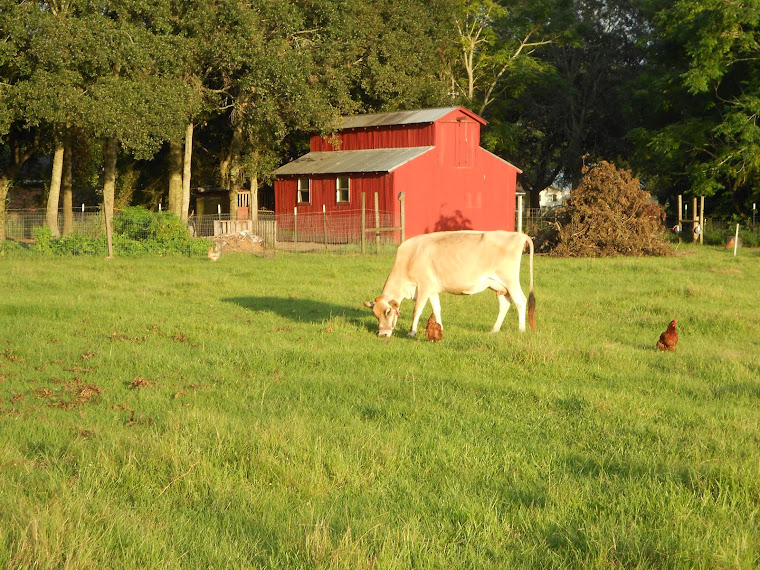At our last monthly meeting of the Bayou Beekeepers Club, we were asked to bring something made with honey for the club to enjoy. We met tonight and had our normal meet and greet from 6pm to 7pm. We meet at Green's Cafe. Tricia and I enjoyed a homemade burger on a jalapeno bun topped with grilled onions and pepper jack cheese. We talked with other club members and then the meeting began with the Pledge of Allegiance and a prayer.
We talked about what you should be doing right now with your bees, namely purchasing equipment and boxes to prepare for the spring when we'll be making splits. An open question and answer period then goes on. We have very new beekeepers and very old ones, too. When all the questions are answered, there is a "show and tell" time where members bring equipment and demonstrate its usage. Finally, there were door prizes given.
Before the meeting was adjourned, peoples' attention was turned to a table of goodies that beekeepers brought that was "something made with honey." Of course we had to try a little bit of everything and recipes were handed out. We feasted on a variety of homemade treats, including caramel, honey bars, cinnamon rolls, bit-o-honey, pecan pie with honey, berry tarts with honey, granola and BAKLAVA!
Baklava was Tricia's contribution. Baklava uses phyllo dough. In a buttered baking pan, you layer 10 sheets of phyllo dough, brushing melted butter on each sheet. On the tenth sheet you sprinkle a combination of chopped pecans, toasted coconut, brown sugar and allspice.
Then you repeat the process. On the tenth sheet, you put another layer of the pecan mixture.
For a third time you layer 10 sheets of phyllo dough, brushing with melted butter. Yes, it is a rich dish.
You preheat the oven to 350 and then cut the pastry into diamond shapes with a very sharp knife.
The baklava goes into the oven for 45 minutes and then is taken out and allowed to cool.
But you're not done. In a saucepan, you combine 1 cup sugar, 1/2 cup water, and 1/4 cup honey and bring to a boil. Simmer for 5 minutes. Tricia adds the honey AFTER it stops boiling to retain the nutrition in the honey.
Then we drizzle the sweet mixture over the baklava.
Cover and allow to sit for 24 hours while the baklava soaks up all the sweet goodness.
Then it's time to eat! I wish I would've taken a better quality photo that would show the flaky, delicate layers with the pecan/coconut/spice mixture saturated with the honey glaze.
After sampling a little bit of everyone's "something made with honey" dessert, we left the meeting very satisfied. We fellowshipped with friends, learned about honeybees, and engorged ourselves on products made by the incredible honeybee.





























